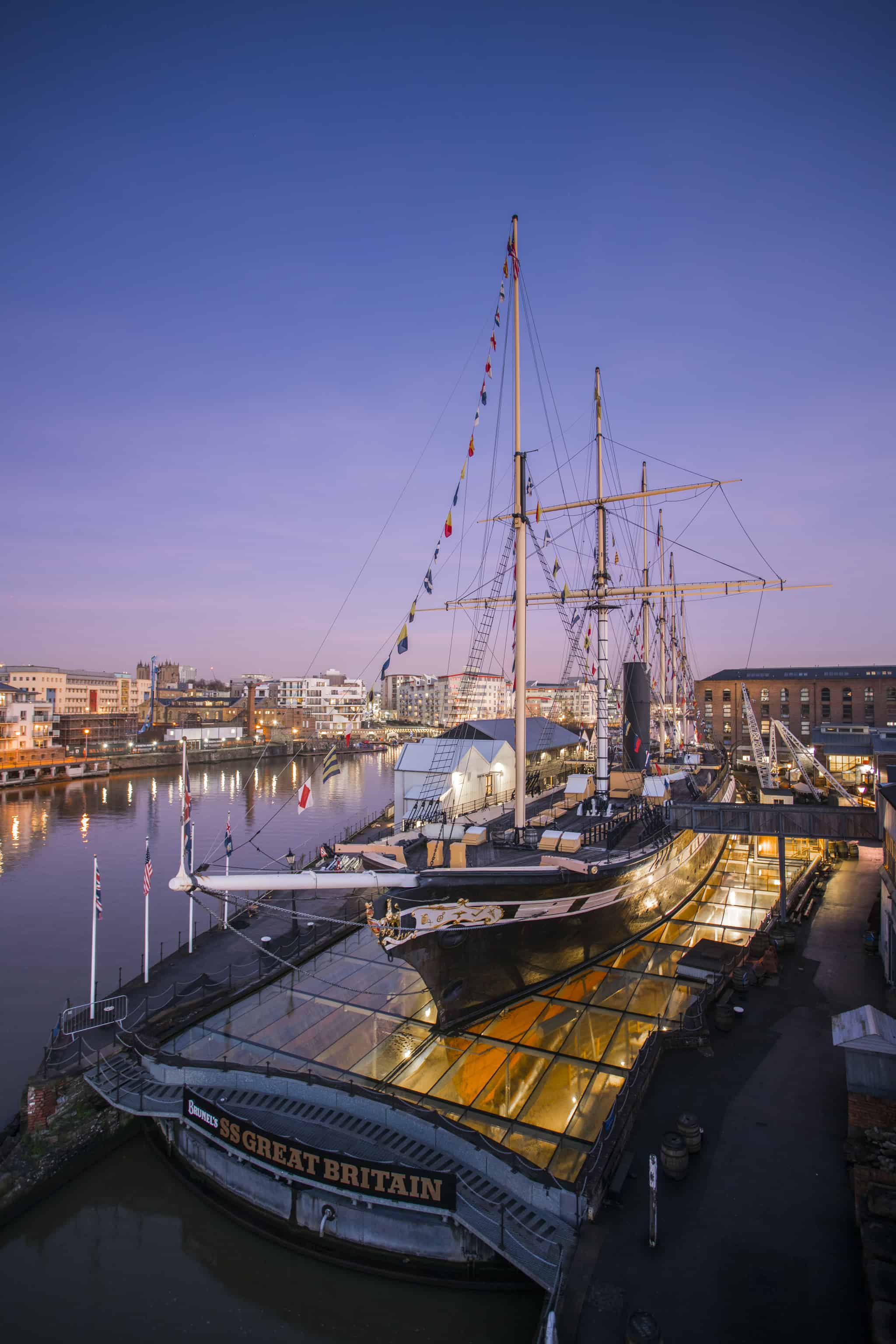“This week I started off in the Public Records Office in Melbourne. The records bring home just how brutal the early days in Australia could be for some of our ss Great Britain migrants. For instance, I discovered the inquest papers for Henry Crofton Staveley, a passenger on the 1852 voyage, who was a Police Magistrate near Omeo in Victoria. He drowned in a fast flowing flooded river in 1887 – being unable to swim, he tried to cross on horseback to get to a crime scene. His police constable, having warned him not to attempt it, watched helplessly as the horse stumbled and Stavely was swept away. I found some evidence that not all passengers on the 1852 voyage found Australia to be all they had hoped – several sadly committed suicide.
“In the State Library I found a ‘Pioneer Register’ – a digital database of all the birth, marriage and death records in Victoria from 1850 to 1880. As well as the obvious dates/place of the event itself, it also includes details such as the place of birth of the deceased, or parent’s names for marriage partners etc. This has been brilliant for working out identities for some of the more elusive 1852 passengers as often they are listed only by surname and initials. Thus ‘Little, D’ become Dugald LITTLE (b1825, Greenock, Scotland) who became a successful shipping owner and pioneered the use of refrigerated ships to transport Australian beef to Europe), ‘Cowey, G E’ becomes George Edward COWLEY (b1824 Dublin, who started his Australian life as Actuary for the fledgling Melbourne Argus newspaper and became a important figure in the Insurance industry), ‘Tremlett, Fred and Mrs & Mrs Tremlett plus infant’ become Elias & Barbara TREMLETT with child Frederick and baby Ada (from Exeter, they went to the Ballarat diggings and Elias was later recorded on his Probate record as a ‘gentleman’ suggesting he did find gold).
“This is a very long slow process, involving lots of cross-checking possible ‘identities’ with newspaper records, wills and burial records, civil service lists, other passenger records and British census records – and lots of blind-alleys and ‘no its not him, start again’ moments. There are already those who I realise I will probably never trace at all because their names are too common, but other moments where one passenger’s life story enables me to identify another passenger via their association. ‘Chown, Ed, H & Lydia’ in Steerage turned out to be CHOWN, Henry & Lydia plus child Edmund who also went to Ballarat and by 1857 were running the Freemasons Hotel in Eureka Street there (a smart move – it was on the main road out of Ballarat towards the diggings). A court case reported in the Ballarat Courier describes the acrimonious dissolving of the business partnership of Henry Chown, Isaac Payne (Lydia’s brother) and Christopher Kearton… Suddenly ‘Kearton, C’ from the passenger list has an identity too.
“On Saturday afternoon I got the train from Melbourne to Ballarat, a journey that took many of the 1852 passengers at least a week trough boiling heat or churned up mud, but took me 95 minutes. I arrived in Ballarat in the middle of a ‘Hillbilly’ festival which presented an interesting cultural collision – bright 1940s and 1950s American cars and girls in full frilly ‘rock & roll’ dresses against 1860s colonial architecture and statues of goldrush pioneers. By Sunday afternoon I’d had enough of closed off streets and ‘Hi’yall’ kitsch, so I hopped into my miniscule hire car and drove off into the vast expanse of rural Australia to find some of the locations associated with of our passengers who made it to the diggings.
“Seeing Ballarat and Bendigo really brought home what an alien environment Australia must have been for our migrants. I was keen to check out some significant locations and places where our 1852 arrivals had lived and worked, so I started with Clunes, which has to be the most evocative of all Goldrush villages. It was here that the first gold find was made and amazingly the main street has survived almost unscathed. Clunes was the initial home of several of our 1852 migrants – amongst them Henry and Lydia Chown from London & Wootton Bassett respectively who travelled out in Steerage with their four year old son Edmund. They later ran the Freemasons Hotel in Ballarat, which was on the main road out of town towards the Diggings at Forest Creek. Sadly it no longer exists but its position must have been very lucrative.
“From Clunes I headed north-west to Avoca, once home to William and Samuel Goodshaw, brothers from Kildare, Ireland who opened an ‘apothocary shop’ there in 1854. The shop was later taken over by a Mr Lalor and still exists, sadly not looking quite as it did in the nineteenth century. William Goodshaw was later a JP and Registrar of Births, Marriages & Deaths for the Avoca District, and both he and Samuel married and raised families in Avoca.
“Next stop was Landsborough, once a thriving agricultural town but now sadly just a straggle of remaining houses and shops marooned in the middle of sun-baked Victorian grassland. Here lived an extended family of our emigrants, the Hodgetts family from Aston, Warwickshire. Three brothers, they travelled together to Ballarat and Landsborough where they and their eventual children opened several different businesses including a corn merchants, a flour mill, a hotel and finally, the Hodgetts family store in Landsborough which still exists.”
Due to the vast amount of fascinating information Claire has shared with us this time, this diary entry will be continued next week.



